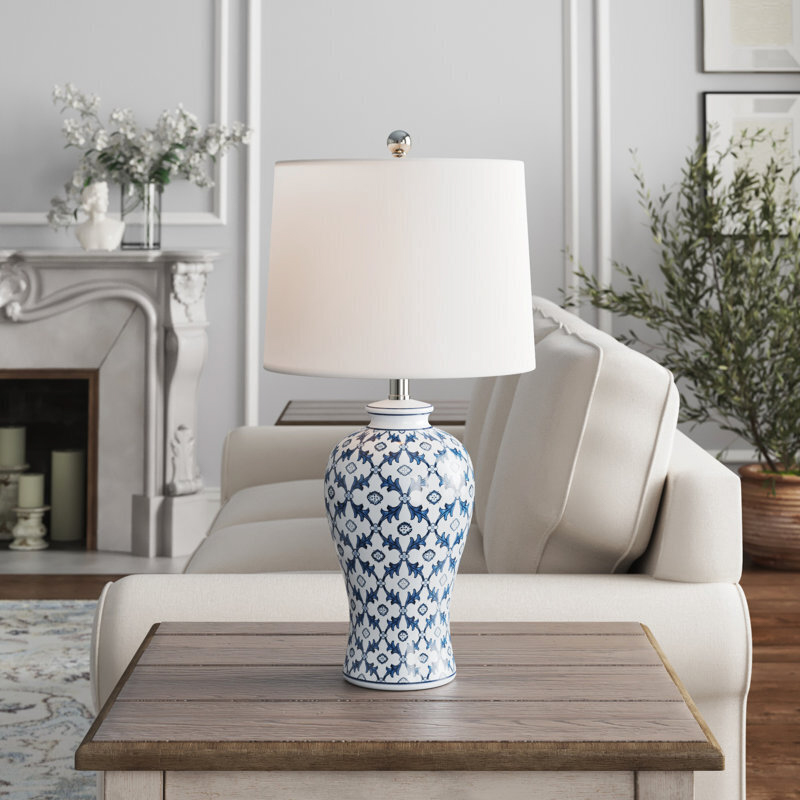
The Essence of Asian Style Interior Design: Inspiration from the East
Asian style interior design has gained a lot of popularity in recent years. It reflects the simplicity, minimalism, and the sense of nature that often found in East Asian cultures. From traditional Japanese Zen designs to vibrant Chinese interiors, Asian style interior designs have a lot to offer. In this article, we will explore the core elements of Asian style interior design and how you can bring these aspects to your home.
Emphasis on Nature
One of the most essential aspects of Asian style interior designs is the emphasis on nature. The Japanese philosophy of wabi-sabi emphasizes the beauty of imperfection and the acceptance of transience. Natural materials like wood, bamboo, and stone are often used in Asian style interior design. Also, plants and flowers can be used to bring nature into your home. These elements can add warmth, texture, and contrast to your space.
The Use of Wood
Wood is a significant material commonly used in Asian style interior design. The natural colors and textures of wood help to create a warm and comfortable environment. It can be used for furniture, flooring, and accents such as wall paneling or ceiling beams. Wood can bring a sense of harmony and dimension to a room. For example, a shoji screen made of wood can provide soft light and privacy in a space while also adding a unique design element.
The Use of Plants and Flowers
Plants and flowers can add color and life to an Asian style interior. Bonsai, bamboo, and orchids are often used in Asian style interior design because they reflect the Japanese, Chinese, and Korean cultures. They can be arranged in a simple ikebana style or placed in elegant vases to bring a sense of beauty to the room. Plants and flowers can also have a calming effect on the mind and help to create a sense of peacefulness.
Minimalism and Organization
Another fundamental aspect of Asian style interior design is minimalism and organization. In Japan, the art of decluttering called “danshari” is popular. The principle is to eliminate unnecessary items from your life and to keep only what you need. This principle applies to your home as well. Asian style interior designs usually feature clean lines, simplicity, and a lack of clutter.
The Use of Screens
Screens are commonly used in Asian style interior designs. They can be made from wood, paper, glass, and other materials. Screens can provide privacy, separate spaces, and add visual interest to a room. In Japan, screens are used to divide the space between the home and the garden or between the living room and bedroom. Screens can also be a beautiful and artistic element in the room.
The Use of Storage
Organization is key to creating an Asian style interior design. Storage units that are low to the ground or integrated into furniture are often used. Spaces below the floor or stairs can also double as storage spaces. This integration of storage into the room can help to eliminate clutter and create a sense of calmness.
Color Palette
The color palette in Asian style interior design is usually muted and calm. The emphasis is on the natural colors found in nature, such as shades of brown, green, and sand. White is also commonly used as the primary color, but it is not stark white. Instead, it is a more muted, creamy white that provides warmth and comfort.
The Use of Red
Red is a strong cultural color in many Asian countries. It is often used as an accent color, especially in Chinese style designs. Red can bring vibrancy and add richness to a room. It can be used as an accent wall, a piece of furniture, or a decorative element in the form of a lantern or a silk pillow.
The Use of Black
Black is another color that can be used in Asian style interior design. It can add contrast and create depth in a room. Black is often used for accents such as lamps or picture frames. It can also be used in furniture such as a Japanese black lacquer table or a Chinese black wooden screen.
Asian style interior design emphasizes the importance of embracing simplicity, nature, and harmony. The use of natural materials, plants, and flowers, the decluttering principle, and the muted color palette all contribute to the creation of a peaceful and comfortable living space. Whether you are interested in creating a traditional Japanese Zen style or a colorful Chinese style interior design, incorporating elements of Asian style interior design to your home can help to create a well-balanced and harmonious environment.
